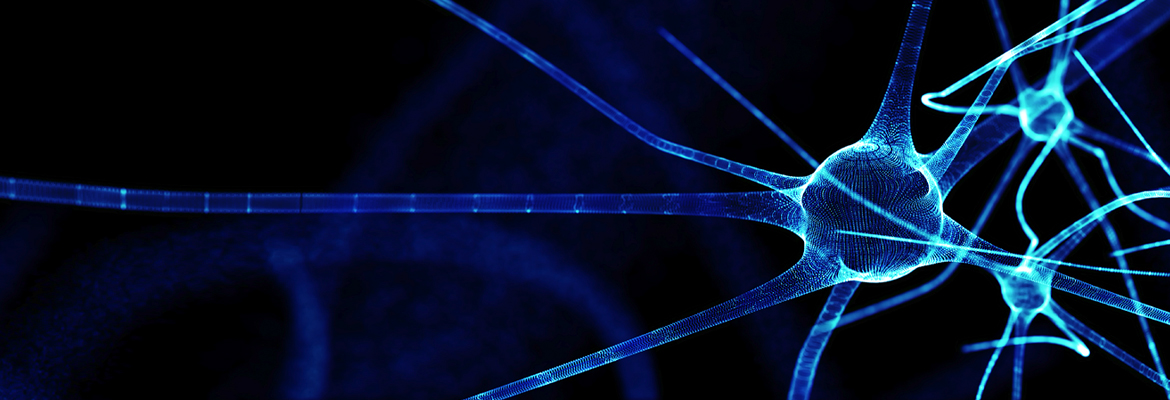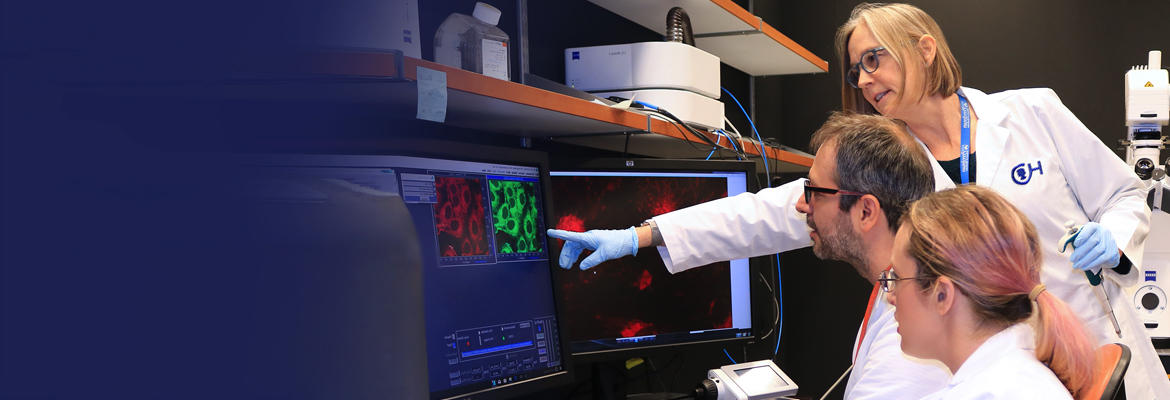The Finding:
A team of ear, nose, and throat specialists has demonstrated that eating honey after swallowing a button battery has the potential to reduce serious injuries in small children. The research suggests that this common household product may significantly reduce morbidity and mortality from highly caustic batteries.
Why it matters:
“Button batteries are ingested by children more than 2,500 times a year in the United States, with more than a 12-fold increase in fatal outcomes in the last decade compared to the prior decade,” said Ian N. Jacobs, MD, director of the Center for Pediatric Airway Disorders and a pediatric otolaryngologist at Children’s Hospital of Philadelphia. “Since serious damage can occur within two hours of ingesting a battery, the interval between ingestion and removal is a critical time to act in order to reduce esophageal injury.”
Who conducted the study:
Co-principal investigators Dr. Jacobs and Kris R. Jatana, MD, a pediatric otolaryngologist and director of Pediatric Otolaryngology Quality Improvement at Nationwide Children’s Hospital, led the study.
How they did it:
To determine successful interventions for mitigating these injuries in both home and clinical settings, researchers worked with animal models to test the effectiveness of palatable, viscous liquids that could create a protective barrier between the tissue and the battery, as well as neutralize harsh alkaline levels. The researchers screened various options, including juices, sodas, and sports drinks.
“We explored a variety of common household and medicinal liquid options, and our study showed that honey and sucralfate demonstrated the most protective effects against button battery injury, making the injuries more localized and superficial,” Dr. Jacobs said.
Quick thoughts:
“Our recommendation would be for parents and caregivers to give honey at regular intervals before a child is able to reach a hospital, while clinicians in a hospital setting can use sucralfate before removing the battery,” Dr. Jacobs said. However, the authors caution against using these substances in children who have a clinical suspicion of existing sepsis or perforation of the esophagus, known severe allergy to honey or sucralfate, or in children less than 1-year-old due to a small risk of botulism.
What’s next:
The study’s findings will be put immediately into clinical practice by incorporating them into the latest National Capital Poison Center Guidelines for management of button battery ingestions.
Where the study was published:
The study was published online by The Laryngoscope.
Who helped fund the study:
Funding support came from CHOP’s Frontier Program Grant.
Where to learn more:
You can learn more about this research by reading a press release by CHOP’s Center for Pediatric Airway Disorders.











